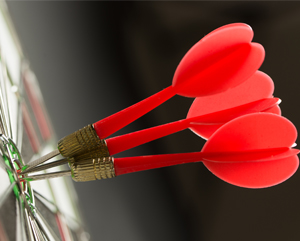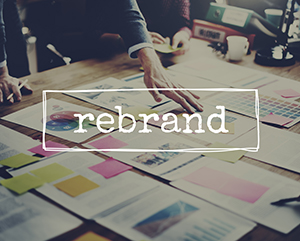How to create an authentic brand
I’ve been thinking about the Which? report by Andrew Laughlin that identified key problems with modern marketing. They created and promoted fake health advice and a bottled water brand called Remedii that didn’t exist. They used this as an example of how fake ads are real a problem. But I think the implications go far deeper!
The report discovers first-hand how easy it is to create and promote false brands online on Facebook and Google and how easy it is to mislead or even scam someone. The website explains and promotes the features and benefits of the water – losing weight, blood circulation – better skin etc all false. The website has glowing testimonials, an online service offering pseudo health and hydration advice.
Just how easy is it to create a brand with no substance – totally fake? Well, it’s easy to fake it. But realistically it won’t get you anywhere. It will be a costly mistake because your customers will through it – eventually. Also Google took down £2.7b policy-violating ads last year so they will soon catch up with you.
Whilst creating a fake brand is out of the question, many organisations who contact us to create or refresh their brand don’t fully understand the fundamental basics of creating an authentic, robust brand that will appeal to their target audience.

Here are some of the ways you can create an authentic brand, authenticity is the key. Without authenticity your brand will not fully represent what you are aiming to achieve:
Ask yourself and your team:
Start with writing your thoughts – your brief – your aims: what problem do you want to solve? What are you aiming to achieve?
- Why do you exist, your purpose?
- What do you do? How do you do it? And Why do you do it? The Golden Circle
- What’s your elevator pitch (you have just 10 seconds to say– why someone should buy into your brand) https://www.amazon.co.uk/Influence-Psychology-Robert-Cialdini-PhD/dp/006124189X
- Clearly state the main features and benefits of your brand
- Why are you different and better than your competitors?
- Do you know what your target audience want and need?
To develop an authentic brand that really speaks to your customers, think about:
How old they are, who’s the decision maker, gender, and where are they (location)? The more you know about them – the better:
- What’s their buying pattern, their motivation, their need, where do they look for reassurance? Why should your target audience care about it?
- What is your brand’s personality? Your tone of voice (are you friendly? Authoritative? Direct?) and what images are relevant – pictures paint a thousand words, so what picture best represents your brand.
- Brands are built on stories better told – what stories do you have to reflect on your brand?
- And when you have built your brand – use it consistently.
Sometimes you may need to research the above because the larger the organisation the more complex the target audience – the more you need to get qualified views.
What do you think? Is there a correlation between fake and authentic brands?




